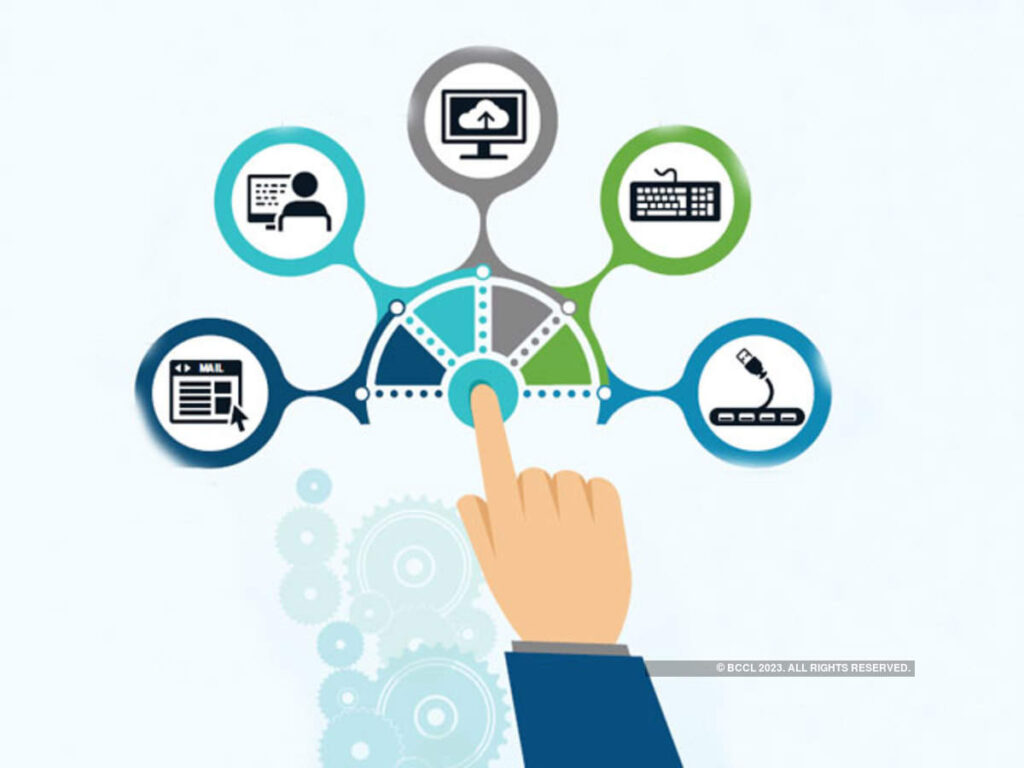PHYSICAL CAPITAL: KEY TYPES AND THEIR IMPACT ON PRODUCTIVITY
Introduction:
Physical capital plays a vital role in the productivity and economic growth of a nation. It refers to the tangible assets and resources that are used in the production process, such as machinery, equipment, infrastructure, and technology. This article explores the key types of physical capital and their impact on productivity.
- Machinery and Equipment:
Machinery and equipment are crucial components of physical capital. They encompass a wide range of tools, vehicles, and industrial machinery used in various sectors, including manufacturing, agriculture, construction, and transportation. Up-to-date and efficient machinery and equipment contribute to increased productivity by automating tasks, reducing labor requirements, and improving the quality and speed of production processes.
For example, in the manufacturing sector, advanced robotics and computer-controlled machines can significantly enhance productivity, precision, and output levels. Similarly, in the agricultural industry, modern farming equipment such as tractors, harvesters, and irrigation systems enable higher yields and improved efficiency.
- Infrastructure:
Infrastructure refers to the physical structures and facilities necessary for economic activity, such as roads, bridges, ports, airports, power grids, and telecommunications networks. Well-developed infrastructure is crucial for fostering productivity and facilitating the smooth flow of goods, services, and information.
Efficient transportation systems reduce transportation costs, enable faster delivery times, and connect regions, thereby stimulating trade and economic growth. Additionally, robust communication networks and reliable power supply support the integration of businesses, enhance connectivity, and foster innovation and collaboration.
- Technology and Information Systems:
Technological advancements and information systems play a pivotal role in modern economies. Investments in information technology (IT), software, and digital infrastructure are instrumental in improving productivity across various industries. Efficient data management systems, software applications, and automation tools streamline operations, reduce errors, and enhance decision-making processes.
For instance, the implementation of enterprise resource planning (ERP) systems enables seamless coordination of different functions within an organization, leading to increased efficiency and productivity. Furthermore, technology-driven innovations such as cloud computing, artificial intelligence (AI), and the Internet of Things (IoT) offer new avenues for productivity gains and economic development.
- Research and Development:
Investments in research and development (R&D) are crucial for technological progress and long-term productivity growth. R&D activities contribute to innovation, the creation of new products and services, and the adoption of advanced production techniques. This leads to increased efficiency, competitiveness, and overall productivity.
Governments, businesses, and academic institutions that prioritize R&D investments foster an environment conducive to technological breakthroughs and economic advancement. Industries that heavily rely on R&D, such as pharmaceuticals, electronics, and biotechnology, often experience significant productivity gains due to their continuous pursuit of innovation.
Conclusion:
Physical capital, including machinery and equipment, infrastructure, technology, and research and development, plays a fundamental role in driving productivity and economic growth. Investments in these key types of physical capital enhance efficiency, streamline processes, and foster innovation. By recognizing the importance of physical capital and promoting its development, nations can create a solid foundation for sustainable economic progress and improved living standards.


